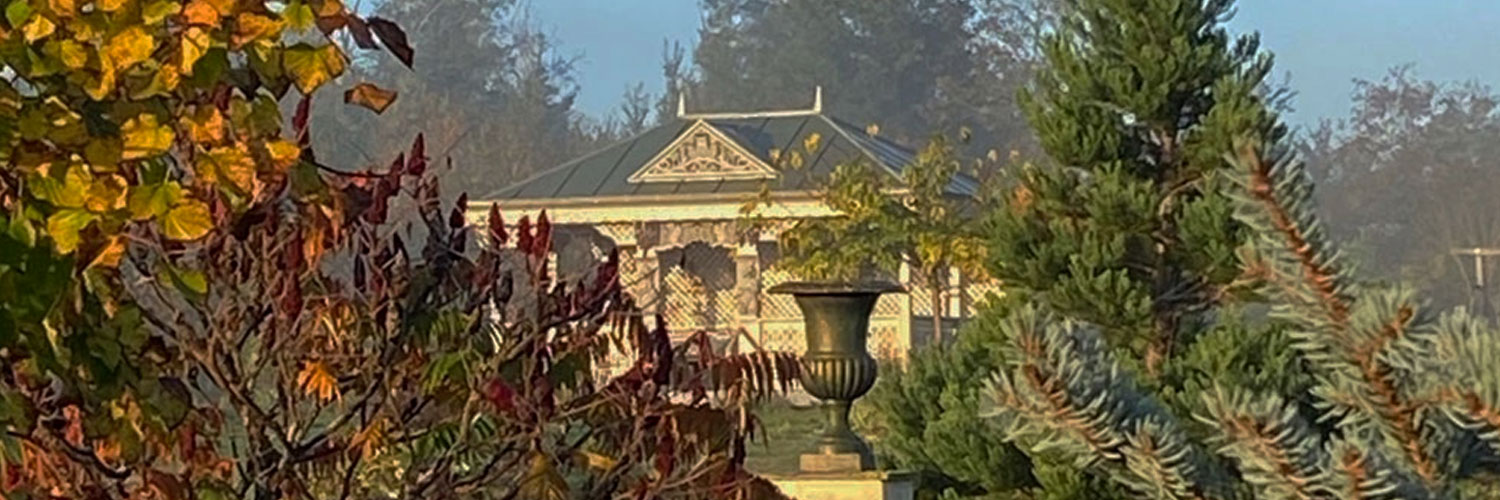Our park was born in 2007 when we launched the campaign to plant the first trees on the wasteland behind the castle.
In 2007, 3 ha surrounding the castle included half of a fallow field exploited by a farmer. The decision was taken to take over this plot to plant an arboretum that would combine botanical diversity and landscape harmony. In the immediate vicinity of the chateau, a beautiful collection of climbing and shrub roses and several remarkable trees with hundred-year-old yews have already created a picturesque setting that we are now continuing to enrich. We apply the following rules from the start: no more toxic products, look for associations of plants that help each other, promote local flora and fauna, recycling green and household waste (compost), mulching especially in summer and ground cover systematic..
From 2008 a northern garden and a southern garden were planted bringing together species of trees and shrubs from these regions. Birches, oaks, beeches, firs, and many others in the North, plane trees, holm oaks, hackberry, etc. South.
Russian sculptors made the ornaments for a typical Russian kiosk which were completed and assembled by neighboring craftsmen. Thus the “bisiedka”, literally “conversation” in Russian, occupies a central place towards which converge central aisles and mixed borders. It is surrounded by a "cherry orchard" planted with sour cherry trees, which alone grow in Russia. We gladly share a tasty Russian recipe for sour cherry jam.
Year after year, we enrich collections of remarkable plants: for the most numerous, hellebores in January, daffodils and snowdrops in February, tulips in March, peonies and epimediums in April, irises and roses in May, hemerrocallis in August, asters in September. The bees in our hives never breathe.
Traces on the aerial photos encouraged us to undertake excavations not far from the dovecote. What a surprise to discover a basin of 6m by 4 supplied by an underground pipe coming from the roofs of the castle probably dating from the construction of the vaulted cellar in 1837. Water reserve in this very dry country? Rebuilt on the surface, the basin has become a highlight of the park and serves as a watering hole for birds and bees.
The common and collector's bushes and trees form the landscape of this young arboretum which can be visited on heritage days, gardens as well as concert days at Bourg Joly.

